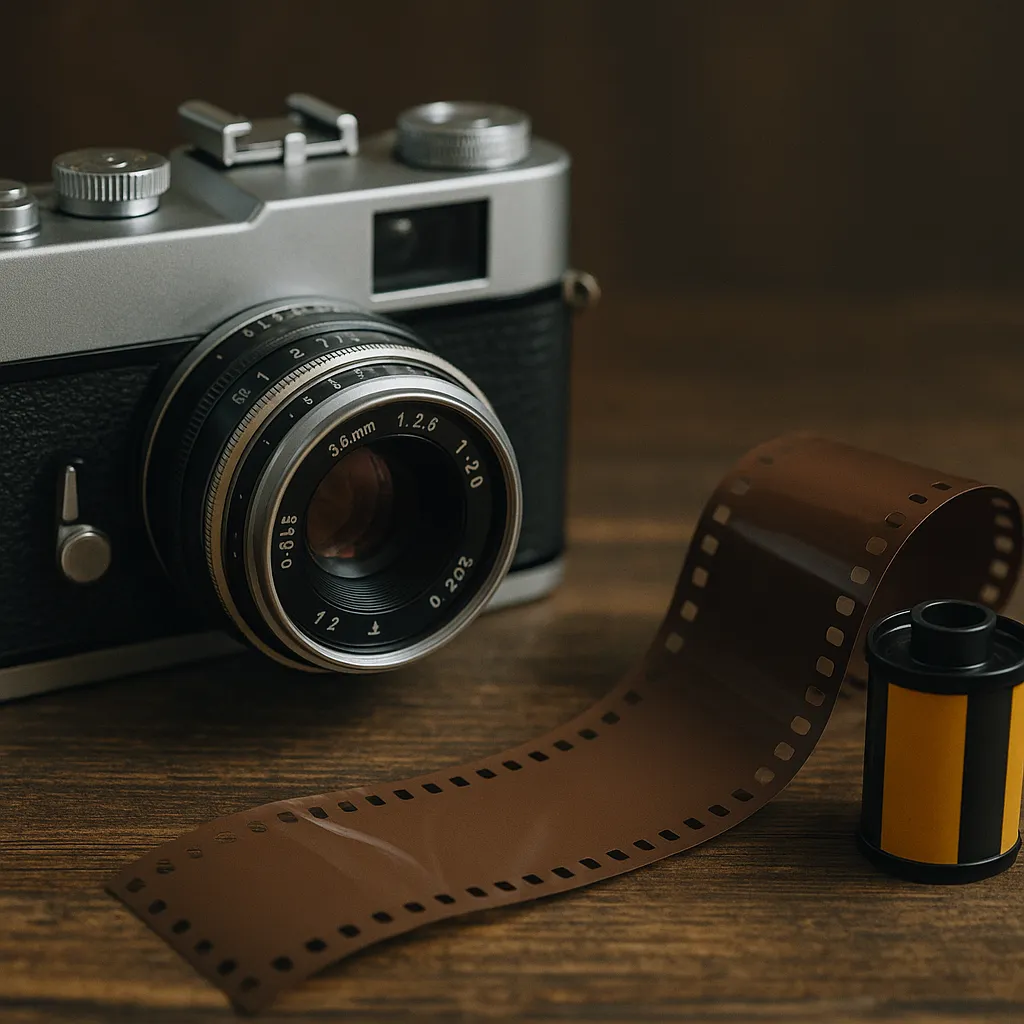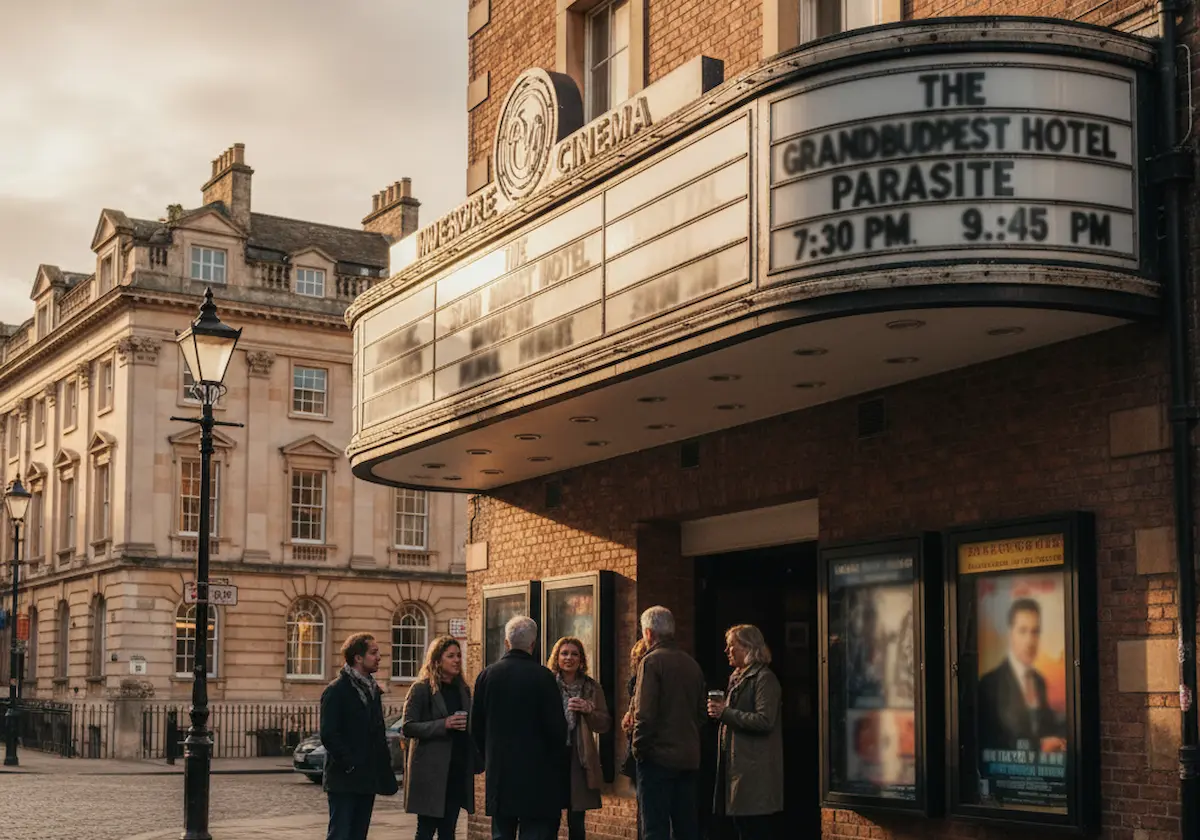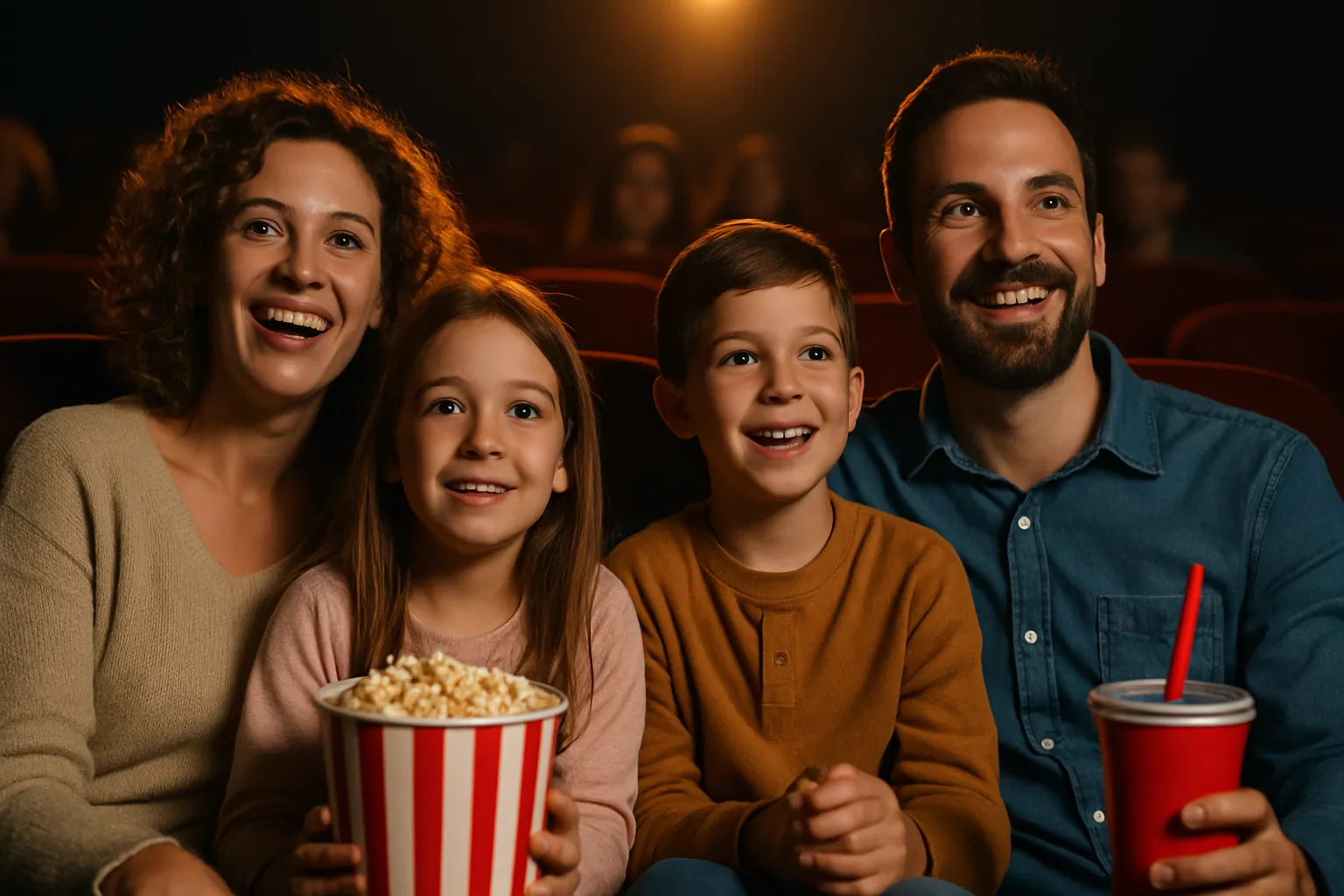35mm film still matters because it creates a cinema experience that digital projection simply cannot replicate. Sure, digital has conquered the entire cinema industry, yet something feels missing from today’s movie experience: the warmth and texture that came from traditional projection.
The truth is that film projection offers the irreplaceable. We’ll show you exactly why this classic format continues to draw audiences back to cinemas worldwide.
You’ll learn about:
- Visual qualities that make film projection special
- The technical magic behind traditional cinema
- Why film enthusiasts prefer the classic experience
- Key differences between film and digital on the big screen
- Local venues preserving authentic film presentations
Stick till the end to get the full story about why traditional projection remains unmatched.
The Warmth and Soul of 35mm Film Cinema
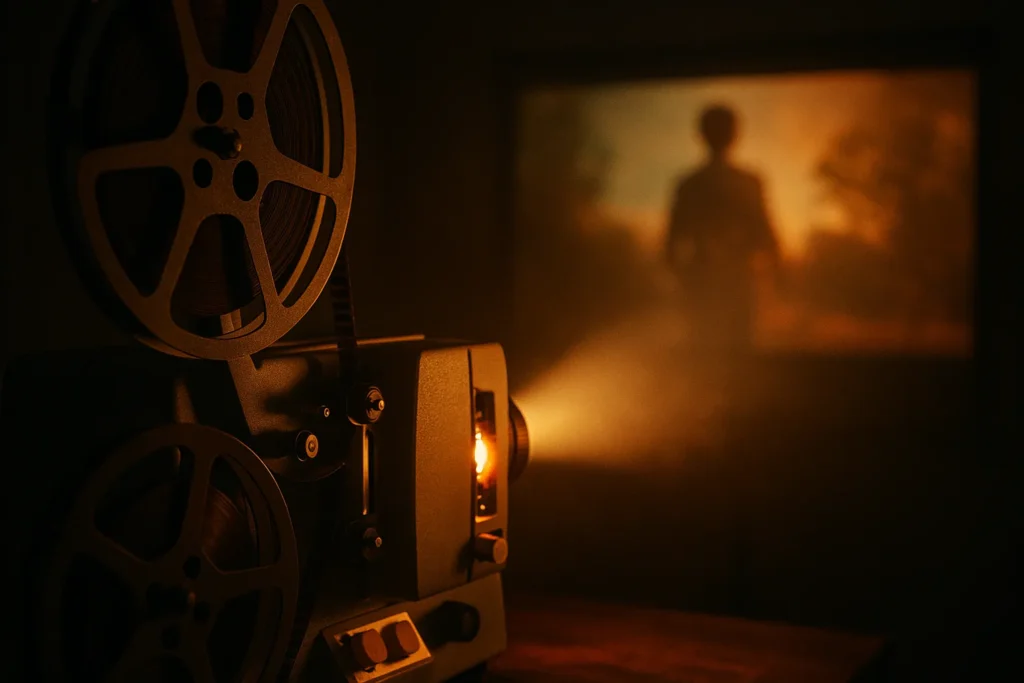
You know that feeling when you watch an old movie and something just looks different? That’s film grain at work, creating texture that digital formats simply cannot reproduce.
Each frame contains millions of tiny silver halide crystals that scatter light in unique patterns. The result is an organic quality that makes every image feel alive and three-dimensional.
Unlike digital pixels arranged in perfect grids, film grain varies randomly across each frame, creating natural depth and character. What’s more, 35mm film cinema captures colours differently from digital sensors.
The chemical process responds to light wavelengths in ways that produce warmer tones and richer contrast. Moreover, skin tones appear more natural, shadows hold detail better, and bright areas don’t blow out as harshly.
You will be surprised to know that professional cinematographers often describe film as having a “soul” that digital projection lacks.
The physical nature of film projection means every screening is slightly different. For instance, dust particles, minor scratches, and natural variations in the print create a living, breathing experience.
Let’s be real, no two screenings are identical, which adds an element of spontaneity that makes each viewing special. The mechanics behind this experience tell an even more fascinating story.
How Traditional Projection Creates Cinema Wonder
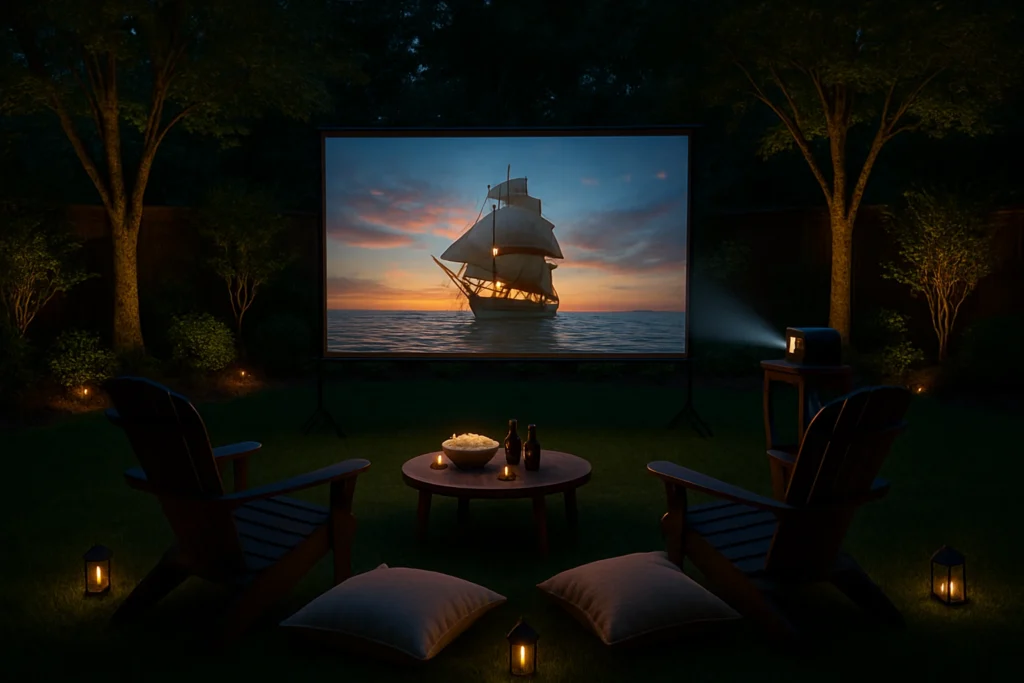
Traditional projection creates cinema wonder through precise mechanical processes that work together to turn flat film into immersive experiences. Each part plays a specific role in bringing films to life on the big screen.
Let’s break down the three elements that make traditional projection better:
Cylindrical Projection and Visual Depth
The projection lens creates a curved light path, which gives images a natural depth. This cylindrical projection method produces subtle shadows and highlights that make flat surfaces appear three-dimensional.
Consider watching Lawrence of Arabia (1962) on film versus on digital. The desert scenes have layers and texture that feel real, whereas digital systems create perfectly uniform images instead.
Light Distribution Benefits for Viewers
Every seat gets consistent visual quality thanks to proper auditorium design and film projection optics. What you get is light that spreads evenly from the projection booth throughout the entire cinema. The result is balanced brightness and contrast from any viewing position.
Also, digital projection often creates variations in image quality that leave some seats with different viewing experiences.
Mechanical Beauty vs Digital Processing
Physical film movement through the projector creates organic motion that computers cannot match. All those gears, sprockets, and lenses work together to produce smooth, natural flow. Meanwhile, digital systems process images through algorithms that can feel sterile and artificial.
But understanding the technical aspects is only part of the story. The real excitement happens when you experience what devoted film lovers have always known.
Why Cinephiles Still Crave the Classic Movie Experience
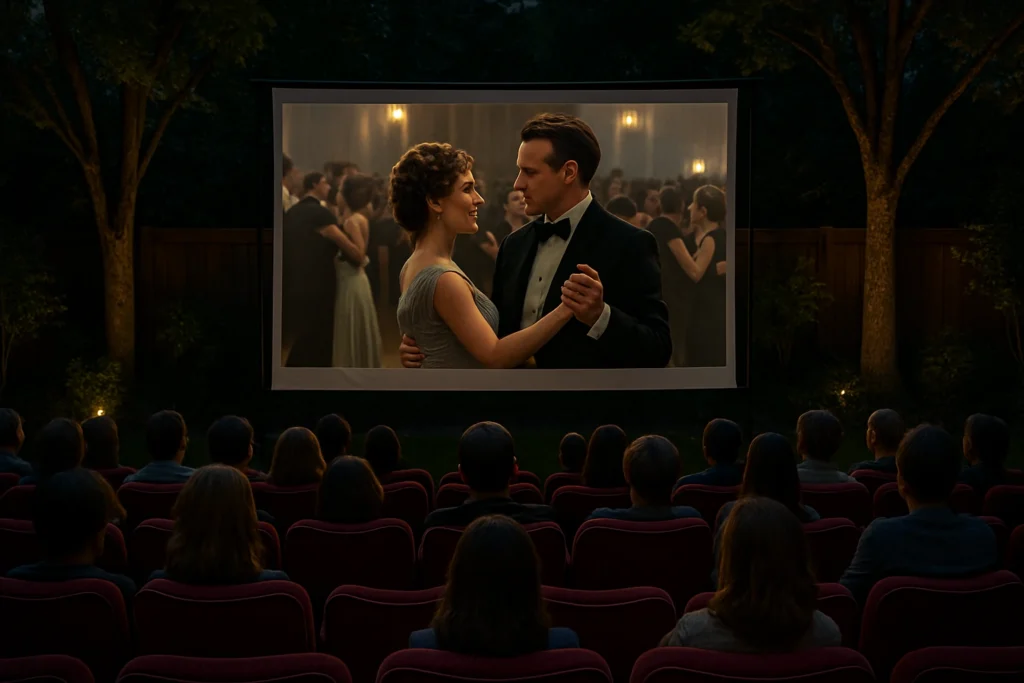
Cinephiles still crave the classic movie experience because it connects them to cinema in ways digital projection cannot match. You’ll notice that film enthusiasts actively choose 35mm screenings for specific reasons: the mechanical sounds, unique visual texture, and authentic atmosphere that each screening provides.
Also, the classic movie experience engages multiple senses and creates deeper emotional connections to storytelling.
Here are the elements that make the classic experience so compelling:
- Mechanical Atmosphere: The gentle hum from vintage projectors builds anticipation before the film even begins. What you get instead with modern digital systems is complete silence. The mechanical sounds create an atmosphere that audiences simply cannot get elsewhere.
- Natural Texture: Film grain provides organic visual texture that makes characters appear more lifelike, and the grain adds depth that draws viewers deeper into scenes naturally. In contrast, digital projection creates perfectly smooth images that look artificial.
- Authentic Colours: Warmer colour tones create inviting atmospheres that pull viewers into the story. Digital presentations often feel cold and clinical by comparison. The colour difference becomes obvious when you watch both formats side-by-side.
- Unique Screenings: Every showing feels special due to subtle variations in film prints and projection quality, and each film screening becomes a one-of-a-kind experience for the audience. Conversely, digital copies remain identical across all screenings worldwide.
- Original Intent: Movies watched as directors originally intended create a deeper appreciation for their artistic vision. After all, many classics were filmed specifically for 35mm presentation. The format honours the filmmaker’s original creative choices and technical decisions.
The communal aspect of traditional screenings brings families and film lovers together in shared appreciation. Beyond the technical aspects, film projection and digital formats tell completely different stories about what cinema can be.
The Big Screen Showdown: Film vs Digital
Film and digital projection offer completely different viewing experiences on the big screen. Here’s the deal: Traditional projection brings warmth and texture that makes movies feel alive and engaging. Digital systems deliver sharp, precise images but often lack the emotional depth that film naturally provides.
Visual Quality Comparison
Watch The Godfather(1972) on 35mm film and you’ll notice rich shadows and warm highlights that pull you into the story’s atmosphere. Gordon Willis’s cinematography looks natural and inviting on film projection.
Compare that to the digital version, which presents the same scenes with technical accuracy instead. Unfortunately, the digital format loses much of the visual poetry that makes the movie special.
Contrast and Light Handling
How each format handles contrast reveals its main differences. Film preserves detail in dark areas while keeping bright sections soft and natural.
On the flip side, digital projection tends to create harsh contrasts that look artificial instead. The result can feel unnatural and distracting during dramatic scenes.
Professional Filmmaker Preferences
Directors like Quentin Tarantino actively campaign for film preservation because they understand something important about cinema. The truth is that digital cannot capture the organic qualities that make movies truly compelling. Many professional filmmakers still prefer 35mm projection for their work because of these irreplaceable qualities.
The choice between formats reflects deeper questions about what cinema should be.
Now you know that film projection offers something irreplaceable that digital technology struggles to match, even with sophisticated equipment.
Step Into Real Cinema at The Whiteladies Picture House
After learning about the warmth and magic of traditional projection, you can experience it firsthand at The Whiteladies Picture House in Bristol. We bring you an authentic 35mm film projection that most cinemas have abandoned. Our historic venue has welcomed film lovers since 1921, preserving the traditional cinema experience in our beautifully maintained classic auditorium.
The Whiteladies Picture House offers the best of both cinema worlds under one roof. Our heritage screen presents timeless classics on genuine 35mm film, while our modern digital screen handles the latest releases with cutting-edge projection technology.
Comfortable seating, quality refreshments, and friendly service complete your cinema experience with us.
So, don’t wait any longer and step into The Whiteladies Picture House to rediscover what makes cinema truly special.
